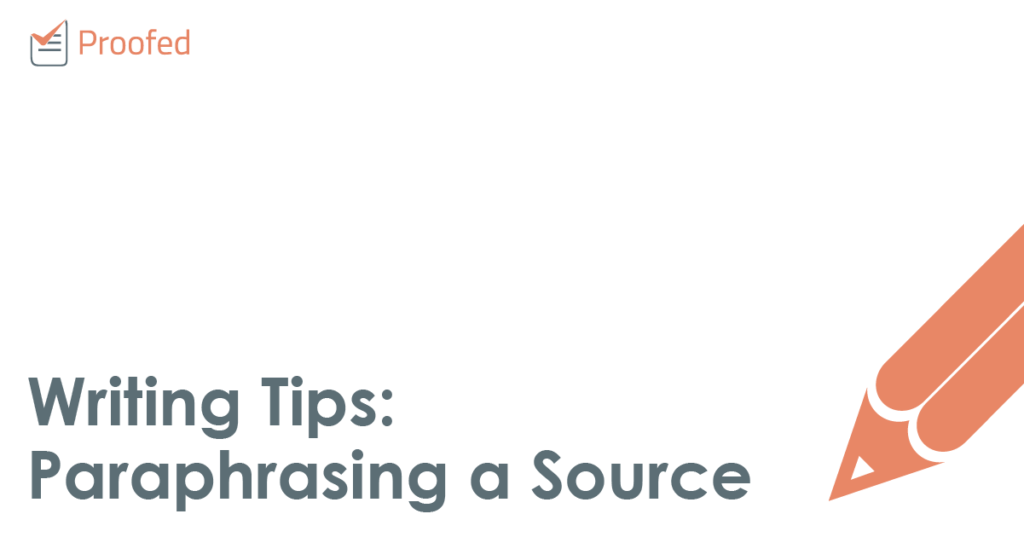It can be tempting to quote sources at length when writing a college paper. After all, you’re told to reference your sources, and how better to do that than using the actual words you’ve read?
However, most of the time there’s a better option: paraphrasing. But what is paraphrasing? How do you paraphrase a source? And what are the advantages? Let us explain.
Paraphrasing vs. Quoting
Paraphrasing and quoting are both ways of sharing someone else’s ideas in your own work. When you quote a source, you use the exact words of the person you’re quoting (enclosed in “quote marks”). But when paraphrasing you need to explain the other person’s ideas in your own words.
You might want to paraphrase a source in order to:
- Demonstrate your understanding of the subject matter
- Avoid using too many quotations in a document
- Explain a complicated idea (especially if the original text is hard to follow)
- Focus on one aspect of an idea that is relevant to your own work
In fact, the only time you truly need to quote a source instead of paraphrasing is when the exact wording is important (e.g., because you’re drawing on a key piece of terminology or interpreting the specific words used by an author). In most other cases, paraphrasing will work just as well or better.
Find this useful?
Subscribe to our newsletter and get writing tips from our editors straight to your inbox.
Remember, though, that you still need to cite a source if you paraphrase it. Even if you have rewritten something in your own words, you still need to show where your ideas come from.
5 Tips on Paraphrasing
Rewriting something in your own words can be tricky, but we have some tips:
- Read the original source carefully to make sure you fully understand it
- Consider whether you need to paraphrase the passage in full (i.e., with all the details contained in the original) or simply summarize it (i.e., picking out key details relevant to your work)
- Before you begin writing the paraphrased version, consider how you would explain the passage to a friend
- Write your paraphrased version and compare it to the original passage to make sure you haven’t missed any important information
- If you have used any exact phrases or key terminology from the original, enclose these in quotation marks and cite the relevant page numbers
If you do all of the above, you should be able to communicate your ideas clearly without having to quote your sources at length every time.
